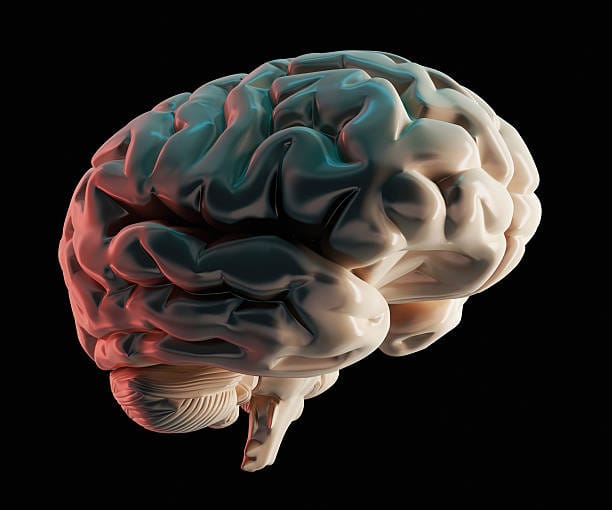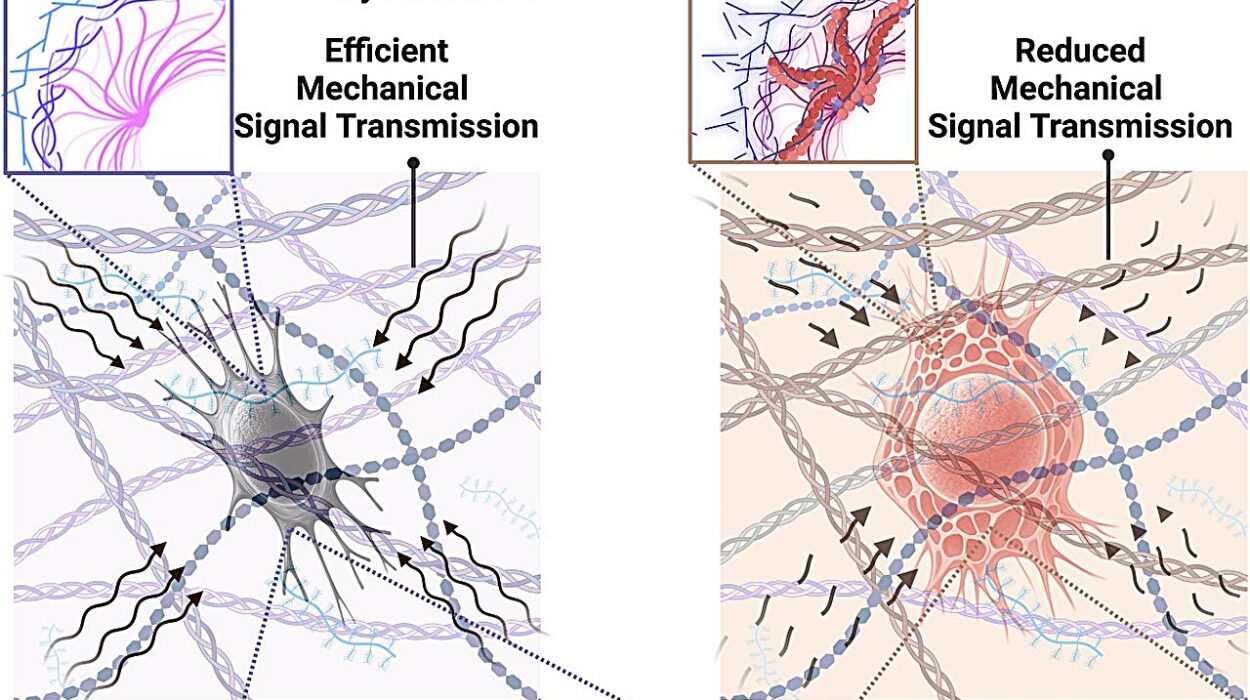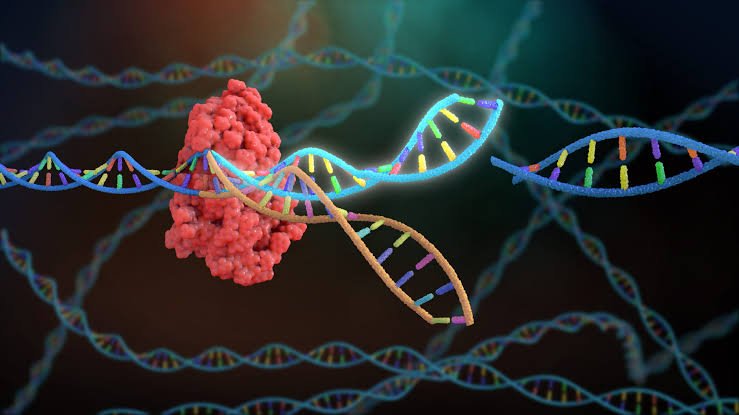Beneath the folds and ridges of your cerebral cortex, far below the surface where conscious thought takes shape, lies a network of structures that has been sculpted by millions of years of evolution. This hidden system is not the part of your brain that solves equations, composes symphonies, or writes philosophical treatises. It is something older, something primal—a cluster of neural machinery dedicated to feeling, reacting, and remembering in ways that ensure your survival.
This is the limbic system—the emotional engine of your brain. It does not operate in isolation, nor does it dictate your behavior without input from the rest of the brain. But it is the region that surges when you feel joy or grief, when you’re startled by a shadow in the dark, or when a familiar scent pulls you instantly back to a childhood memory. It links the visceral world of body states to the intangible realm of thoughts and dreams, guiding how you navigate danger, seek pleasure, and form bonds.
The Roots of Emotion
To understand the limbic system, it helps to imagine the brain as an archaeological site built in layers. The outermost cortex—the wrinkled gray surface—houses much of our conscious reasoning and planning. Beneath it lies the limbic system, an older evolutionary layer, and deeper still are brainstem structures responsible for the most basic life functions like breathing and heartbeat.
The limbic system evolved early in mammalian history, enabling animals to process complex social interactions, remember past experiences, and respond to threats with greater flexibility than instinct alone could provide. In humans, it integrates ancient survival circuits with the nuanced emotional and social life that comes from higher cognition.
When neuroscientists talk about the limbic system, they refer not to a single organ, but to an interconnected group of structures, each with specialized roles. The amygdala tags experiences with emotional significance. The hippocampus encodes and retrieves memories. The hypothalamus links emotional states to bodily responses through hormones. The cingulate cortex integrates emotion with decision-making. These structures work together so seamlessly that we rarely notice the invisible choreography—until something disrupts it.
The Amygdala: Guardian of Survival
If the limbic system has a watchtower, it is the amygdala. This small, almond-shaped cluster of nuclei, buried deep in the temporal lobe, is a sentinel constantly scanning for danger. Long before your conscious mind identifies a threat, the amygdala has already sounded the alarm, triggering rapid changes in your body—your heart races, your breathing quickens, your muscles tense.
This rapid response can be lifesaving. Imagine walking in the woods and catching sight of a coiled shape in the leaves. Before you can consciously process “snake,” your amygdala has already activated a cascade through the hypothalamus that floods your bloodstream with adrenaline. Only after this surge does your cortex catch up, analyzing whether the snake is real or a harmless stick.
But the amygdala is not just a fear center. It also helps assign value to positive stimuli—delicious food, the warmth of a friend’s smile, the thrill of accomplishment. It is a mechanism for emotional salience, deciding what in the environment deserves attention and what can be ignored. When overactive, it can lead to heightened anxiety. When damaged, it can strip events of emotional weight, leaving danger unrecognized and pleasure muted.
The Hippocampus: Memory’s Mapmaker
The hippocampus, shaped like a seahorse and nestled near the amygdala, is essential for forming new memories. It takes the raw flow of experience and organizes it into retrievable narratives. Without it, the present moment would slip away as quickly as it arrives, leaving you stranded in an eternal now.
The hippocampus does more than simply store events—it also gives them context. It builds spatial maps of your environment, allowing you to navigate not just physical spaces but also the mental landscapes of your life. This is why smells, sights, and sounds can so vividly transport you back to a specific place and time.
Crucially, the hippocampus and amygdala work hand in hand. When an event is emotionally charged, the amygdala boosts the hippocampus’s activity, making the memory stronger and more enduring. This is why traumatic experiences often etch themselves more deeply into memory than mundane ones, and why first loves or moments of triumph can feel so vivid decades later.
The Hypothalamus: Conductor of the Body’s Symphony
The hypothalamus is small—about the size of an almond—but it exerts enormous influence over the body. It acts as a command center linking the limbic system to the endocrine system. When the amygdala detects a threat, the hypothalamus coordinates the body’s response, adjusting hormone levels, heart rate, and temperature to prepare for action.
It also regulates basic drives—hunger, thirst, sexual behavior—integrating emotional states with bodily needs. This is why emotional stress can disrupt appetite or why certain hormonal changes can affect mood. The hypothalamus is not concerned with abstract reasoning; its mission is to keep the body’s internal environment stable while responding appropriately to the external world.
The Cingulate Cortex: Bridge Between Feeling and Action
The cingulate cortex curves above the corpus callosum like a protective band, integrating emotional signals with cognitive control. It helps you weigh emotional impulses against long-term goals, mediating between the urgency of the amygdala and the deliberation of the prefrontal cortex.
When functioning well, the cingulate cortex allows you to respond to emotional challenges with flexibility. It can help you suppress an inappropriate outburst, focus on solving a problem despite frustration, or adapt to changing circumstances. When its function is impaired—by injury, depression, or other disorders—emotions can become overwhelming or disconnected from rational planning.
The Dance of Emotion and Reason
One of the most important truths about the limbic system is that it is not separate from the “thinking brain.” While early theories imagined a strict divide between emotion and reason, modern neuroscience shows that the two are deeply intertwined. The prefrontal cortex, which is involved in planning and decision-making, constantly exchanges information with the limbic system.
This means that emotions are not primitive forces to be suppressed by reason—they are integral to intelligent behavior. Emotions provide rapid assessments of situations, guiding attention and prioritizing action. Without them, decision-making becomes slow, uncertain, and often ineffective. Patients with damage to limbic-prefrontal connections can solve logical puzzles but struggle to make even simple life choices, paralyzed by an inability to feel which option is preferable.
Memory, Emotion, and the Self
Because the limbic system links emotion and memory so tightly, it plays a central role in shaping identity. The memories that define who you are—the ones that rise instantly when you think about your life—are almost always those charged with emotion. A childhood triumph, a heartbreak, a moment of fear or joy—these are the building blocks of your personal narrative.
When limbic system function is disrupted, identity itself can feel fragmented. Disorders such as Alzheimer’s disease, which damage the hippocampus, erode the continuity of the self. Trauma can distort limbic activity, causing intrusive memories or emotional numbness. Understanding how the limbic system works is therefore not only a scientific challenge but also a profoundly human one, touching on the essence of who we are.
The Limbic System in Everyday Life
Though it is easy to imagine the limbic system springing into action only in moments of crisis, it is active every waking—and sleeping—moment of your life. It hums in the background as you enjoy a meal, listen to music, or hold someone’s hand. It evaluates every interaction, comparing it with past experiences, coloring your perception with emotional tone.
It is also a tireless teacher. Through emotional feedback, it shapes your preferences, habits, and fears. It rewards behaviors that bring pleasure and discourages those that bring pain, building an emotional memory bank that influences your choices often without your conscious awareness.
When the Emotional Engine Misfires
Like any complex system, the limbic network can malfunction. Overactivity of the amygdala is linked to anxiety disorders, while underactivity can be associated with risk-taking or lack of fear. Damage to the hippocampus can impair the formation of new memories, leaving emotional reactions unanchored to their causes. Dysregulation of the hypothalamus can affect mood, appetite, and stress resilience.
Modern research also links limbic dysfunction to conditions like depression, post-traumatic stress disorder, and addiction. In each case, the balance between emotional impulses and regulatory control is disrupted, leading to patterns of thought and behavior that can be difficult to change.
Plasticity and Healing
The good news is that the limbic system is not fixed. Neuroplasticity—the brain’s ability to reorganize itself—applies here as well. Emotional habits can be reshaped, and limbic circuits can adapt to new experiences. Psychotherapy, mindfulness, and certain medications can help recalibrate the balance between the limbic system and the cortex, allowing more flexible responses to emotional challenges.
Even practices as simple as regular exercise, sufficient sleep, and supportive social connection can strengthen the health of the limbic system. These lifestyle factors influence the release of neurotransmitters and hormones, improving resilience and emotional stability over time.
The Limbic System and Human Connection
One of the limbic system’s most profound functions is its role in social bonding. Oxytocin, a hormone regulated by hypothalamic activity, deepens trust and attachment. The amygdala helps decode facial expressions, enabling empathy and social awareness. The hippocampus stores the emotional context of relationships, so that the sight of a friend can trigger warmth and familiarity.
These connections are not luxuries—they are essential to human survival. In our evolutionary past, isolation often meant danger, while cooperation meant safety. The limbic system evolved to make social bonds rewarding, ensuring that we seek companionship and mutual support.
Dreams, Creativity, and the Emotional Mind
The limbic system is also active during dreaming. During rapid eye movement (REM) sleep, the amygdala and hippocampus show heightened activity, while parts of the prefrontal cortex become less active. This may explain why dreams can be emotionally intense yet lack logical structure. Dreams allow the brain to process emotional experiences, integrate memories, and sometimes even spark creative insights.
Artists, writers, and musicians often draw on the limbic system’s storehouse of feelings and imagery. By tapping into emotional memory, they create works that resonate with others on a deep, wordless level. Creativity, like emotion, thrives on the interplay between the limbic and cortical systems.
A Delicate Balance
In the end, the limbic system is not a master or a servant, but a partner in the dance of mind and body. It speaks in the language of feeling, urgency, and desire, while the cortex translates those messages into deliberate action. Neither can function optimally without the other.
To live well is, in part, to cultivate harmony between them—to listen to the wisdom of emotion without being overwhelmed by it, and to use reason not to suppress feeling but to guide it toward constructive ends.
The Emotional Engine That Never Stops
Even now, as you read these words, your limbic system is at work. It is evaluating the tone of this narrative, connecting it to your own memories, deciding whether it matters to you. It is shaping your facial expression, your heart rate, and perhaps even your breathing. Long before you decide to remember or forget what you’ve read, the limbic system has already left its imprint.
It is a reminder that we are not thinking machines that happen to feel; we are feeling beings that also think. The limbic system is the engine of that truth—a living bridge between the raw currents of survival and the refined landscapes of thought.






